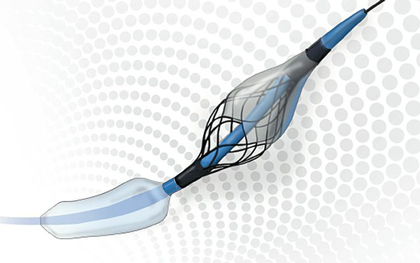
Procedural details of 3532 patients were examined to determine whether post-dilation was performed after valve implantation. Best practice guidelines recommend post-dilation to improve suboptimal outcomes, being the most frequent alternative for treating moderate or severe paravalvular insufficiency.
Post-dilation was performed in 782 patients (22%); the most common (58.1%) indication was greater than or equal to moderate paravalvular insufficiency.
Predictors for the need for post-dilation were the following:
- Baseline transvalvular gradients (p <0.001)
- Higher baseline aortic insufficiency (p <0.001)
- Larger annular diameter (p <0.001)
- Lower device (p <0.001)
Post-dilation was significantly less frequent with the 26-mm devices (17.9%) compared to the 31-mm devices (38.1%).
Post-dilation effectively reduced moderate or severe aortic insufficiency by around 75.6% (from 58.1% to 14.2%).
Clinical outcomes at 30 days and 1 year were similar in both groups, except for a higher rate of acute kidney insufficiency in patients who underwent post-dilation (p = 0.026), which could be explained by the additional aortography necessary for control.
The rate of major adverse cardiovascular and cerebrovascular events was 9.3% in the post-dilation group and 7.5% for other patients (p = ns). There was no increase in neurological events.
Conclusion
Post-dilation was performed in 22% of patients receiving a CoreValve valve, most frequently due to a need to reduce the degree of residual paravalvular aortic insufficiency. Post-dilation effectively and immediately improved outcomes and was not associated with an increase in neurological events.
Original title: Balloon Post-Dilation Following Implantation of a Self-Expanding Transcatheter Aortic Valve Bioprosthesis.
Reference: J. Kevin Harrison et al. J Am Coll Cardiol Intv 2017;10:168-75.
Subscribe to our weekly newsletter
Get the latest scientific articles on interventional cardiology
We are interested in your opinion. Please, leave your comments, thoughts, questions, etc., below. They will be most welcome.



